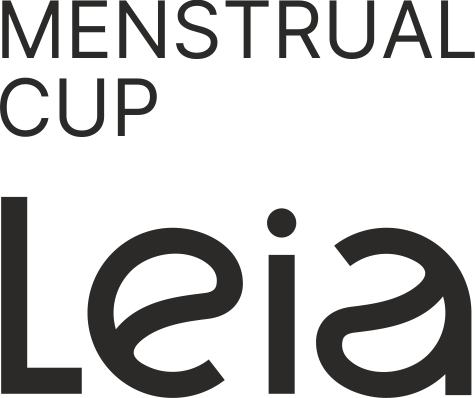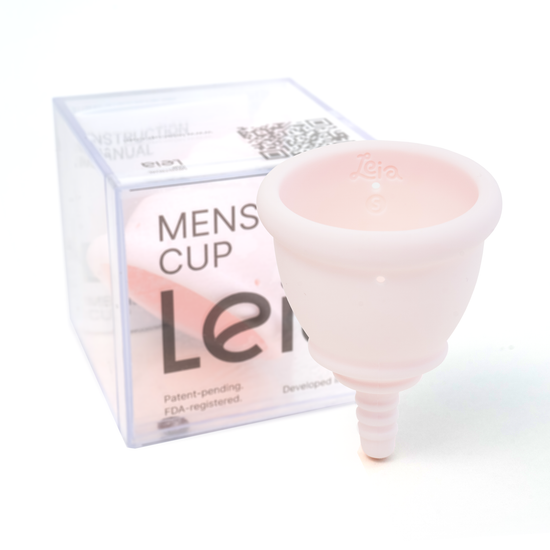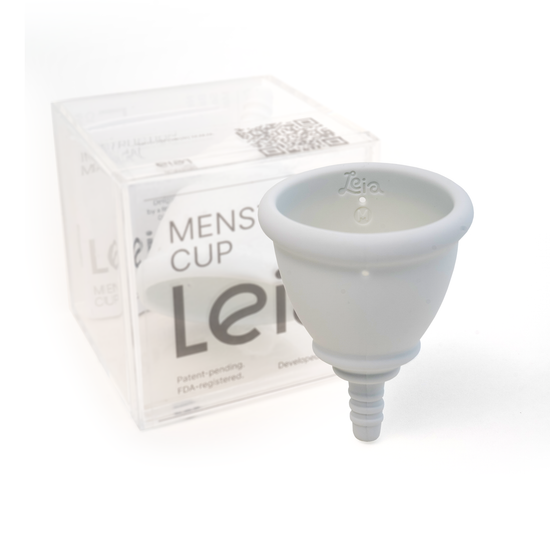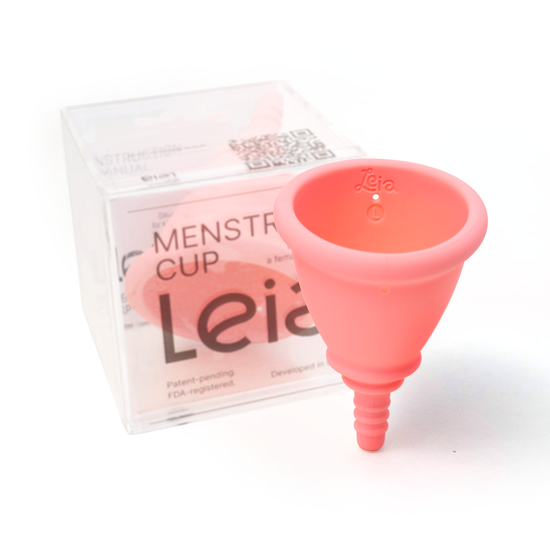
Menstrual Cups for All: Bridging the Gap of Period Poverty
Menstrual cups have the potential to address an often-overlooked issue: period poverty. Period poverty refers to the lack of access to menstrual products, hygiene education, and adequate sanitation facilities, which can have significant impacts on the lives of individuals experiencing it. Menstrual cups offer a sustainable, cost-effective, and empowering solution that can help alleviate period poverty and promote access to menstrual care. In this article, we will explore the role of menstrual cups in tackling period poverty and advancing menstrual equity.
Sustainable and Cost-Effective Solution
Menstrual cups provide a sustainable alternative to disposable menstrual products, making them particularly relevant in addressing period poverty. Unlike pads and tampons that need frequent repurchasing, a single menstrual cup can be reused for years with proper care. This significantly reduces the financial burden associated with menstrual products, making menstrual cups a cost-effective option for individuals facing economic challenges.
Extended Use and Improved Access
The reusability and longevity of menstrual cups make them especially valuable in environments where access to clean water, sanitation facilities, and affordable menstrual products is limited. With a menstrual cup, individuals can manage their periods for extended periods without the need for frequent changes or disposal. This improves access to menstrual care, particularly in low-resource settings or areas affected by emergencies, where access to traditional products may be scarce or unreliable.
Educational Empowerment
Menstrual cups not only address the immediate need for menstrual products but also empower individuals through education and awareness. By promoting menstrual health education, proper cup usage, and menstrual hygiene practices, individuals gain knowledge and self-confidence in managing their periods effectively. Empowering individuals with the information and tools necessary to make informed decisions about their menstrual health is crucial in breaking the cycle of period poverty.
Environmental Impact and Sustainability
The environmental sustainability of menstrual cups contributes to addressing period poverty indirectly. By reducing the demand for disposable products, menstrual cups help alleviate the strain on the environment, ensuring a cleaner and healthier future for all. Additionally, promoting sustainable practices aligns with broader efforts to create a more equitable and sustainable society, as period poverty intersects with environmental and social justice issues.
Advocacy for Policy Change
The adoption of menstrual cups can help foster advocacy for policy changes that promote menstrual equity. Menstrual activists and organizations working to eradicate period poverty can leverage the sustainability and cost-effectiveness of menstrual cups to advocate for comprehensive policies that ensure access to menstrual care products, education, and facilities for all. The use of menstrual cups can be a powerful tool in raising awareness and driving systemic change to address the root causes of period poverty.
Menstrual cups have the potential to play a transformative role in addressing period poverty by promoting access, equality, and empowerment. Through their sustainability, cost-effectiveness, extended use, and educational benefits, menstrual cups offer a practical and empowering solution to those facing economic and resource constraints. By advocating for menstrual equity and leveraging the potential of menstrual cups, we can work towards a future where all individuals have access to the menstrual care they need, regardless of their socioeconomic circumstances. Together, we can break the barriers of period poverty and create a more just and inclusive society.



